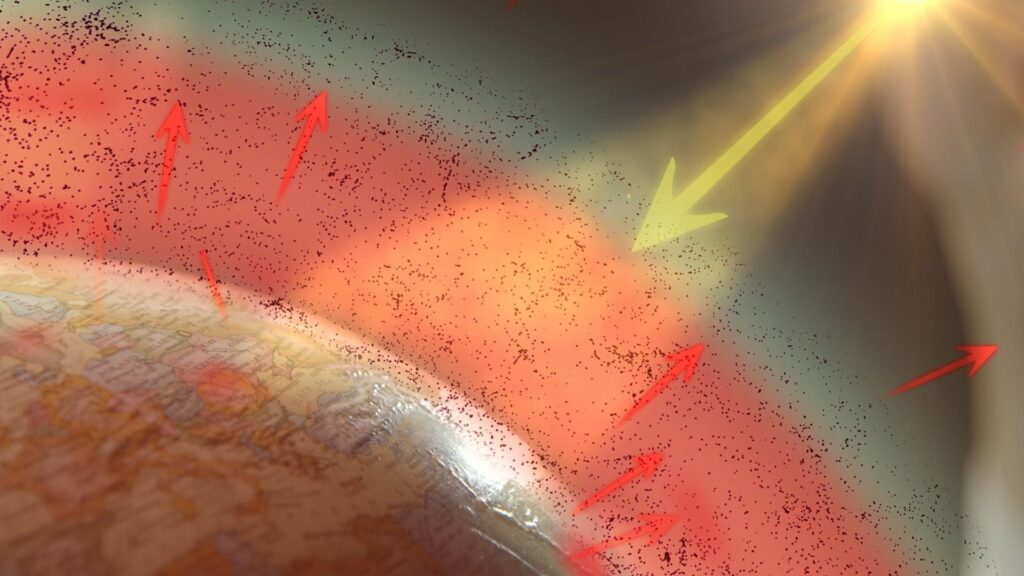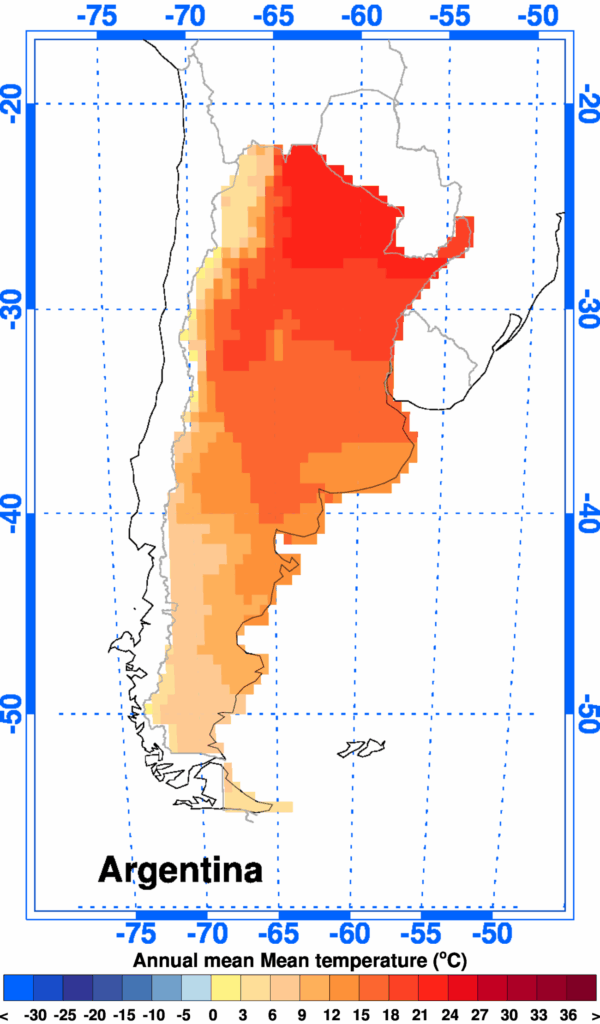Carbon dioxide (CO2) is a gas that has garnered significant attention in discussions surrounding climate change. As one of the predominant greenhouse gases in our atmosphere, CO2 plays a pivotal role in regulating the Earth’s climate. Understanding how CO2 warms the planet is critical for grasping the broader implications of anthropogenic activities and the urgent need for remedial actions. This article delves into the intricacies of the CO2 connection, examining its sources, mechanisms of warming, impacts, and the potential for mitigation.
Understanding the Basics of Carbon Dioxide
Carbon dioxide is a naturally occurring gas that is essential for life on Earth. It is primarily produced through respiration by living organisms, volcanic eruptions, and the decomposition of organic material. However, the industrial revolution marked a significant turning point in CO2 levels. Human activities, particularly the burning of fossil fuels such as coal, oil, and natural gas, have dramatically increased CO2 concentrations in the atmosphere.
Since the late 19th century, global CO2 levels have risen from about 280 parts per million (ppm) to over 400 ppm—a breathtaking pace that starkly contrasts with the relatively stable levels observed over the past several millennia. This surge in atmospheric CO2 has a direct correlation with the global temperature rise, illustrating the urgent necessity for a comprehensive understanding of its effects.
The Greenhouse Effect: How CO2 Heats Our Planet
At its core, the warming of our planet can be attributed to the greenhouse effect, a natural phenomenon that keeps Earth’s climate hospitable. Sunlight enters the Earth’s atmosphere, and some of this energy is absorbed while the rest is reflected back into space. Greenhouse gases, including CO2, trap some of the outgoing energy. This trapping effect maintains the Earth’s average temperature—it is this delicate balance that supports life as we know it.
However, as CO2 and other greenhouse gases accumulate in the atmosphere, the balance shifts. With heightened concentrations of CO2, more heat becomes trapped, leading to a gradual increase in global temperatures. This heat can be quantified through a metric known as the radiative forcing, which measures the influence of various factors on global temperature change. CO2 has a significant radiative forcing effect, making it a key player in the warming landscape.
The role of CO2 does not end with its presence in the atmosphere. It also influences climate systems in more complex ways. For instance, increased temperatures can lead to the melting of polar ice caps, which contributes to rising sea levels. Moreover, warmer temperatures affect weather patterns, resulting in extreme weather events such as hurricanes, droughts, and floods. These changes have far-reaching implications, not only for ecosystems but for human health, food security, and economic stability.
Sources of Carbon Dioxide: The Culprits of Climate Change
A key aspect of addressing the CO2 crisis lies in identifying its primary sources. Human activities are arguably the foremost contributors to atmospheric CO2 levels. The burning of fossil fuels for energy production, transportation, and industrial processes represent the largest percentage of CO2 emissions. According to estimates, fossil fuel combustion accounts for around 70% of global CO2 emissions.
Deforestation also plays a significant role. Forests act as carbon sinks, absorbing CO2 from the atmosphere. When trees are felled or burned, not only is this carbon absorption halted, but the carbon stored in the trees is released back into the atmosphere. This duality makes deforestation a compounding issue, exacerbating the carbon loading in our atmosphere.
Furthermore, agricultural practices contribute to the CO2 dilemma. While primarily associated with methane and nitrous oxide emissions, certain agricultural activities, especially those involving soil disturbance, can increase CO2 levels. Soil degradation and loss of biodiversity further compromise natural carbon sinks, perpetuating a cycle of increased atmospheric CO2.
Consequences of Rising Carbon Dioxide Levels
The consequences of increased CO2 levels are profound, impacting ecological and social systems alike. One of the most alarming outcomes is climate change, characterized by heightened average temperatures, altered precipitation patterns, and extreme weather events. These changes not only threaten ecosystems but undermine food security and regional stability, particularly in vulnerable communities around the globe.
Additionally, increased CO2 levels affect ocean chemistry, leading to a phenomenon known as ocean acidification. As oceans absorb excess CO2, the water becomes more acidic, adversely impacting marine life, particularly coral reefs and shellfish. These ecosystems, in turn, shape larger food webs and marine biodiversity, demonstrating a cascading effect throughout the environmental system.
Mitigating CO2 Emissions: Pathways to a Sustainable Future
Given the dire implications of rising CO2 levels, a multifaceted approach to mitigation is imperative. Transitioning to renewable energy sources—such as solar, wind, and hydroelectric power—can substantially reduce fossil fuel reliance. Enhancing energy efficiency across industries and individual behaviors also offers significant emission reductions.
Afforestation and reforestation projects represent another vital strategy for carbon sequestration. By planting trees and restoring natural habitats, we can increase the planet’s capacity to absorb CO2. Sustainable agricultural practices that enrich soil health can further contribute to this effort, improving biodiversity while reducing emissions.
Legislative and community-driven initiatives aimed at reducing carbon footprints must be prioritized. Awareness-raising campaigns play a crucial role in empowering individuals and collective actions to mitigate climate change. Each action, however small, builds towards a pivotal purpose: lowering atmospheric CO2 levels and steering humanity towards a sustainable future.
In sum, the CO2 connection illustrates the delicate interplay between carbon dioxide and the Earth’s climate system. Understanding the sources, mechanisms, and consequences of CO2 emissions is essential for tackling climate change. Through collective action and informed decision-making, significant strides can be made towards preserving the planet for future generations.



